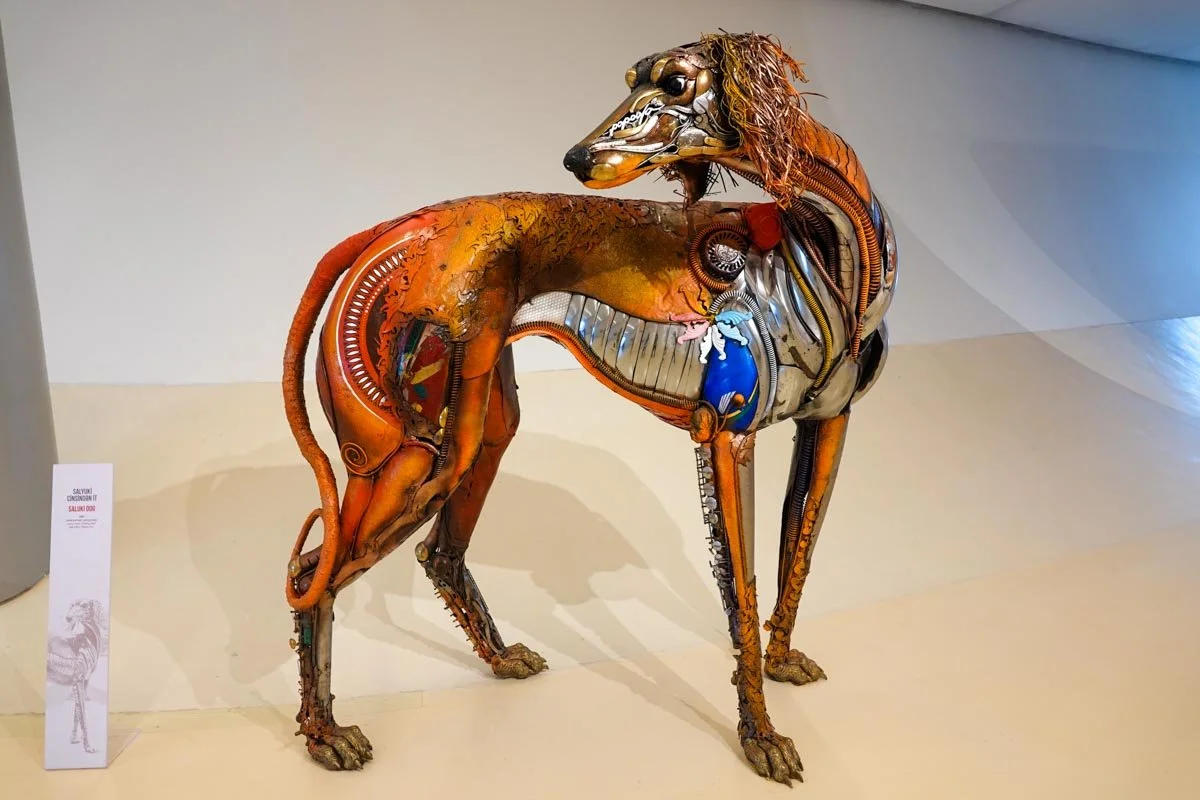Heydar Aliyev Center
We visited the Heydar Aliyev Center and spent a couple of hours inside it. The building was designed by Zaha Hadid, a noted architect. We heard many long explanations about it, its meaning, and so on. We heard things like it folds the landscape's natural topography and it represents a single continuous surface. We heard that it has this fluid form giving it cultural space and maintaining its own identity. Now I'll acknowledge that it's an incredible design, but all I could think about during our whole visit was the poor contractor that had to build this incredible design. The Center is 619,000 square feet of space.
The design architect was appointed in 2007 and the Center had an official opening ceremony in 2012. The Center has eight floor levels, a conference center, a 1,000-seat auditorium, exhibition spaces, workshops, and a museum. I can tell you this, walking the steps from floor to floor was hazardous. The steps were all white marble and everything else like railing wall, building walls, ceilings, etc. were all the same white so where one step started and one ended was difficult to determine. It was also extremely well maintained and the steps were on the slippery side, but we managed to go up all eight floors and back down again.
There was a huge variety of art on display and I will only show a tiny fraction of what we saw in the Center, starting with an end photo of the Center.
The first photo is a simple one but one that really intrigued me. It's a half-finished carpet with all the threads needed to finish the carpet attached.
I could easily do an entire blog post just on horse sculptures, but I won't. Horses were a key item of interest in the museum.
As an alternative to horse transportation, here's a 1929 Packard, ordered in 1928 by the President of Guatemala and yes, another long story of how it got here.
To give you an idea of how wide the variety of displays covered, here's part of the really large fruit and vegetable section.
Just to get back to basics, here's a photo from the clothing section.
I don't remember what section the dog below belonged in but they had lots and lots of animals in the museum.







